NTV-S Series Intelligent Touch Viscometer
- Maximum Range Up to 320,000,000 cP
- Accuracy: ±1%
- Repeatability: ±0.2%
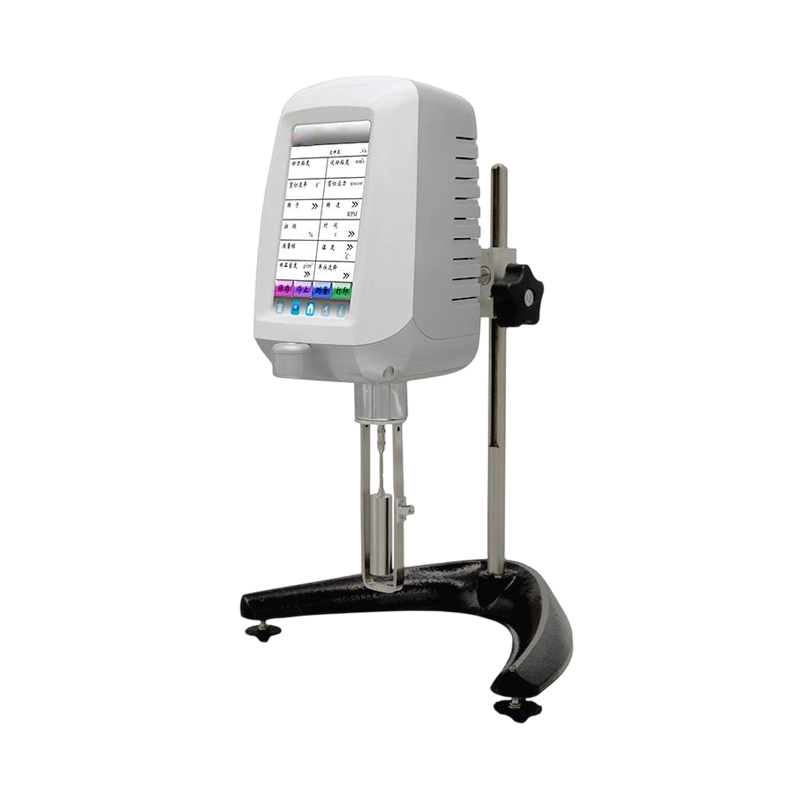
Technical Specifications
Viscosity unit conversion: 1Pa.s=1000mPa.s, 1P=100mPa.s, 1mPa.s=1cP, M=1,000,000, FS=Full Scale
* If the measured viscosity is lower than 15cP, ULR Adapter is required.
** To measure the viscosity from the lower limit to this point, R1 spindle is required.
| Item | NTV-S1 | NTV-S2 | NTV-S3LV | NTV-S3RV | NTV-S3HA | NTV-S3HB |
|---|---|---|---|---|---|---|
| Display | 7-inch color touch screen | |||||
| Measurement Range (cP) | 1*-0.6M | 1*-6M | 10-80M | 100-40M | 200-80M | 800-320M |
| Speed (rpm/min) | 1-60 | 0.1-100 | ||||
| Accuracy | ±1% (Newtonian fluid FS) | |||||
| Repeatability | ±0.2% | |||||
| Spindle | L1, L2, L3, L4 | R2, R3, R4, R5, R6, R7 | ||||
| Power Supply | 100V-240V | |||||
Accessories Solutions
R1 Spindle
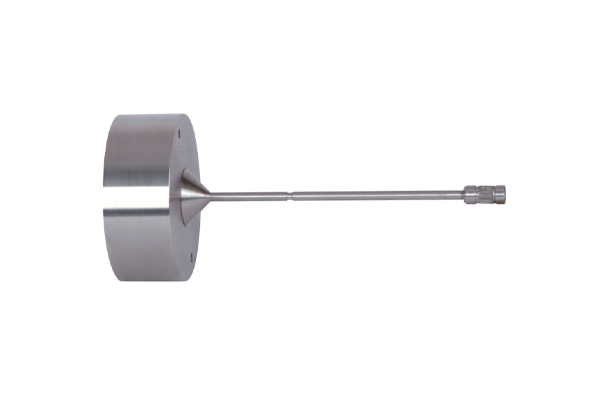
PT100 Temperature Probe

- Temperature Range: -40℃-250℃
- Resolution: 0.1℃
- Accuracy: ±0.2℃
Micro Printer

Viscosity Standards

- 450ml per bottle
- 5 cP, 50 cP, 340 cP, 1800 cP, 6190 cP, 9757 cP
Jacketed Glass Beaker

R Spindles Rack

- For Spindles R1, R2, R3, R4, R5, R6, R7
L Spindles Rack

- For Spindles L1, L2, L3, L4
Thermosel System
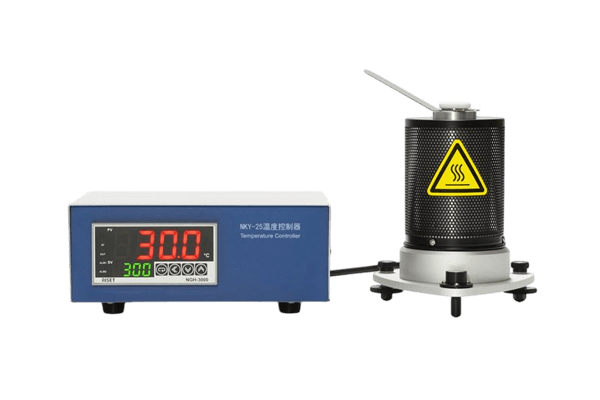
- Temperature Range: Rt+10℃ to 250℃
- Accuracy: 0.1℃
- Power Supply: 220V or 110V, 300W
NTV-S Series Viscometer Features
Water Baths
- Temperature Range: -20℃ to 100℃
- Accuracy: 0.1℃
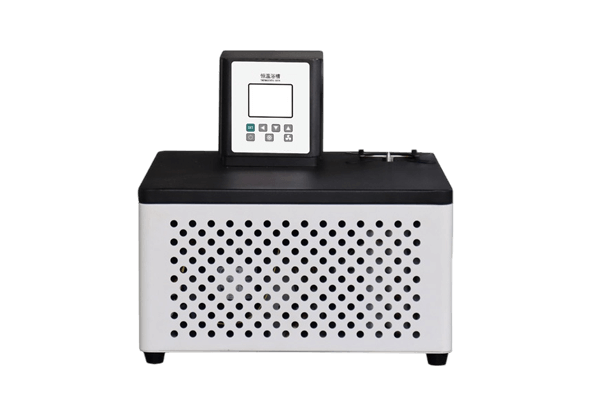
Ultra-low Viscosity Adapter
Ideal choice for ultra-low viscosity measurement of samples.
Use our new ultra-low viscosity adapter with our viscometer for precise and repeatable low viscosity measurements. Featuring a cylindrical rotor and tubular sleeve, its design adheres to strict rheological standards for accurate results.


Small-amount Sample Adapter
Suitable for special accessories measuring small-amount sample viscosities.
The small-amount sample adapter has the ability to measure the absolute viscosity under the specified accurate shelf rate. They are composed of a cylindrical sample cylinder and a spindle. The required sample size is small, only 8 to 13 mL.
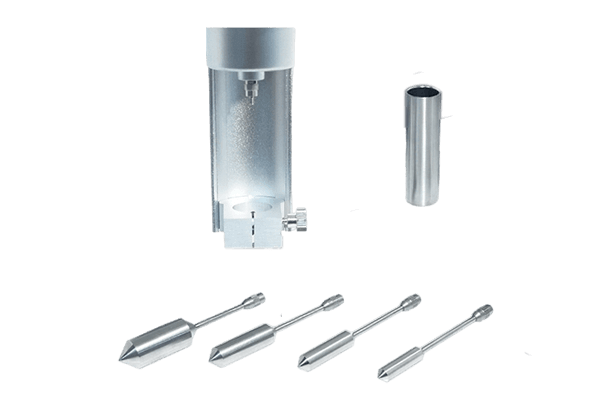
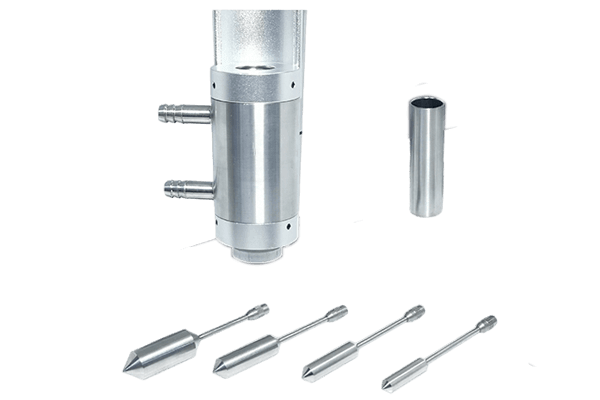
Effectively Manage Quality Issues
Reasons for Rework
- Failure to Meet Precision Requirements
- Design or Manufacturing Defects
- Software Malfunctions
Reasons for Replacement
- Critical Component Failure
- Persistent Performance Issues
- Equipment Incompatibility

